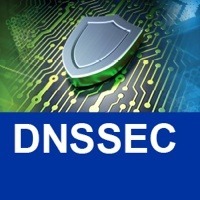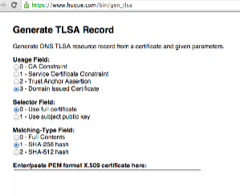 Next week is IETF 92 in Dallas, Texas, and there will be a great amount of activity happening with the topics we cover here on Deploy360: IPv6, DNSSEC (and DANE), TLS, anti-spoofing and securing BGP. As part of the Rough Guide to IETF 92, several of us have written posts outlining what’s happening in the various topic areas:
Next week is IETF 92 in Dallas, Texas, and there will be a great amount of activity happening with the topics we cover here on Deploy360: IPv6, DNSSEC (and DANE), TLS, anti-spoofing and securing BGP. As part of the Rough Guide to IETF 92, several of us have written posts outlining what’s happening in the various topic areas:
- IETF 92: DNSSEC, DANE and DNS Security
- IETF 92: All About IPv6
- IETF 92: Routing Resilience and Security
In each of those posts you’ll find a summary of what’s happening and a list of the relevant working groups and the associated links about how to learn more. More information about IETF 92 in general can be found on the main Rough Guide to IETF 92 page at:
https://www.internetsociety.org/rough-guide-ietf92
Beyond all of that, Chris Grundemann will also be talking about our “Operators and the IETF” work and discussing Best Current Operational Practices (BCOP) with people as well.
If you can’t get to Dallas next week, you can attend remotely! Just visit the IETF 92 remote participation page or check out http://www.ietf.org/live/ for more options.
To that end, as a bit of a change both Megan Kruse and I (Dan York) will be participating in this IETF 92 remotely. It’s very strange to not be attending an IETF meeting in person, but different circumstances have made it not possible for both of us. Jan Žorž will also be remote having just returned from v6 World Congress in Paris and about to head off to another event. Chris Grundemann will be there on site in Dallas, though, and so if you have any questions about Deploy360 activities or want to get more involved, please contact Chris!
We’re looking forward to the usual crazy busy blur of a week that is an IETF meeting… and we’re looking forward to learning what else we can do to help accelerate the deployment of these key Internet technologies to make the Internet work better, faster and be more secure!
An audio commentary about IETF 92 is also available from our SoundCloud account:
The post At IETF92 Next Week, Much Happening With IPv6, DNSSEC, DANE, TLS and more… appeared first on Internet Society.



 It’s official… Google’s Public DNS service is now performing
It’s official… Google’s Public DNS service is now performing 